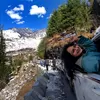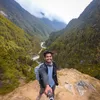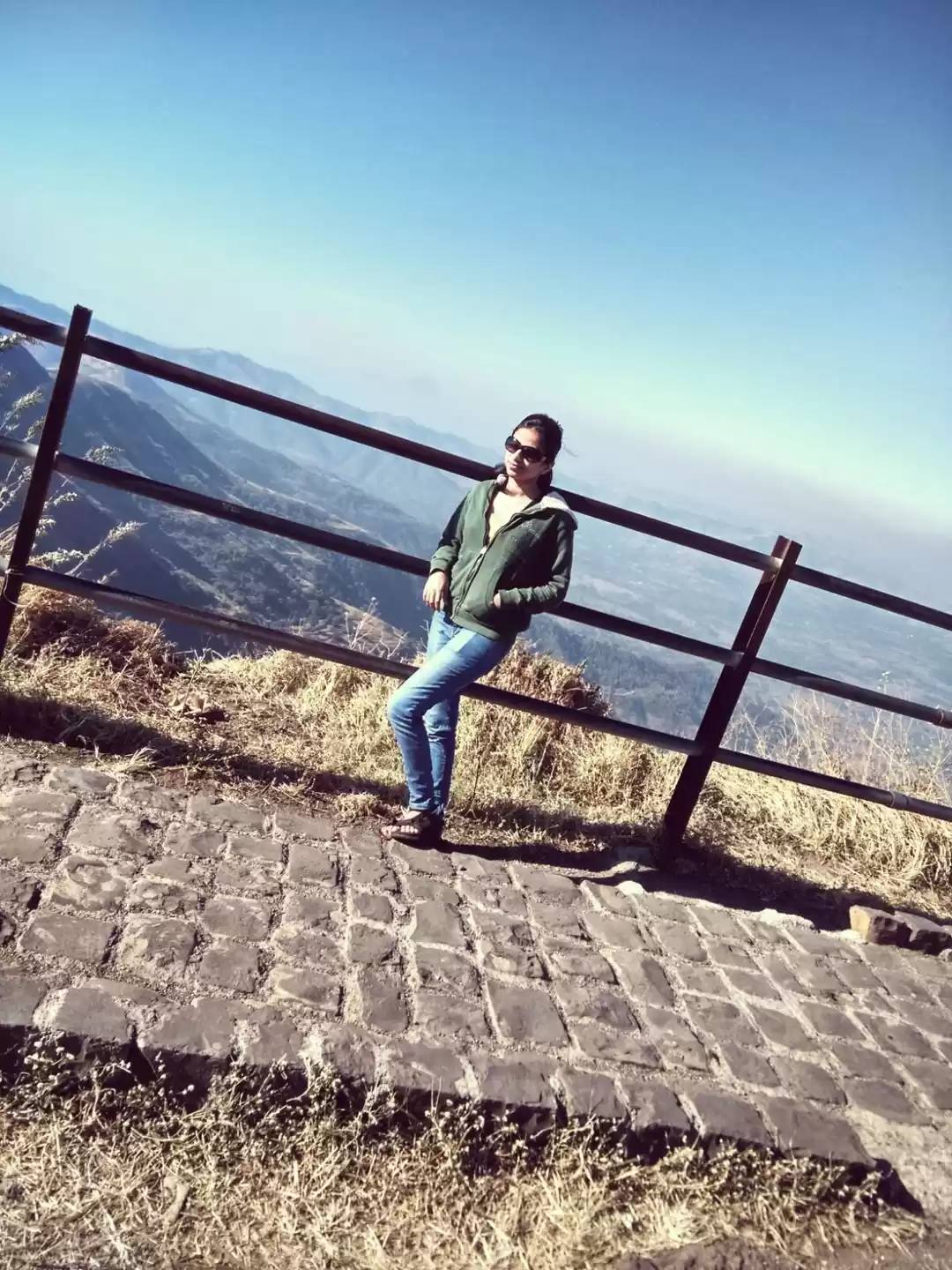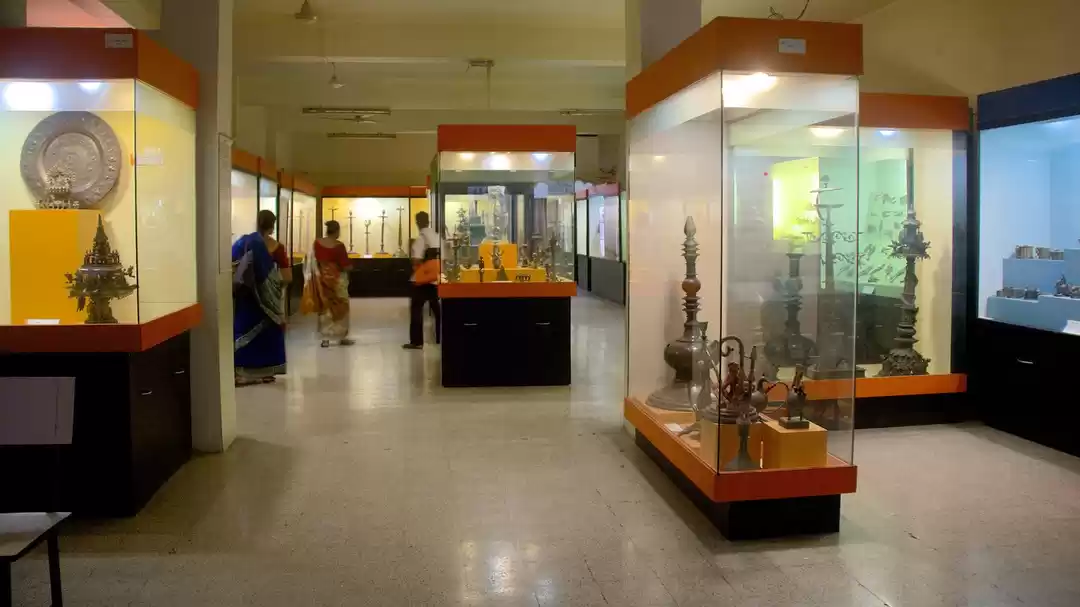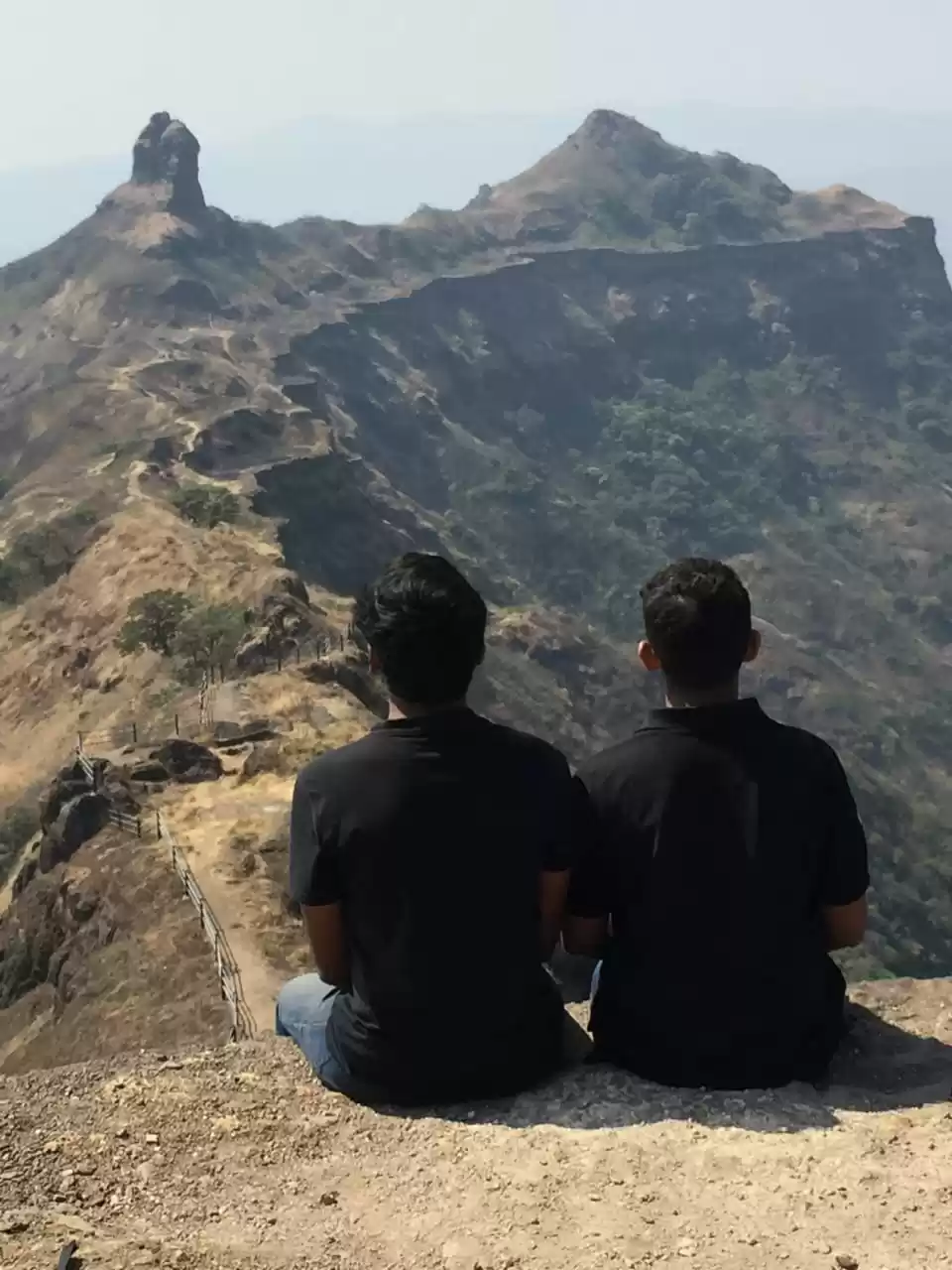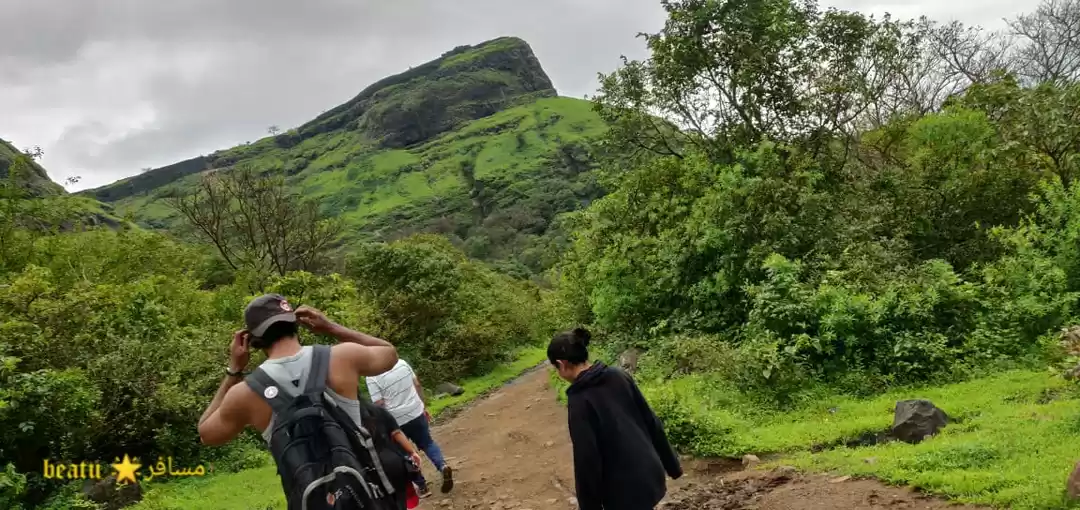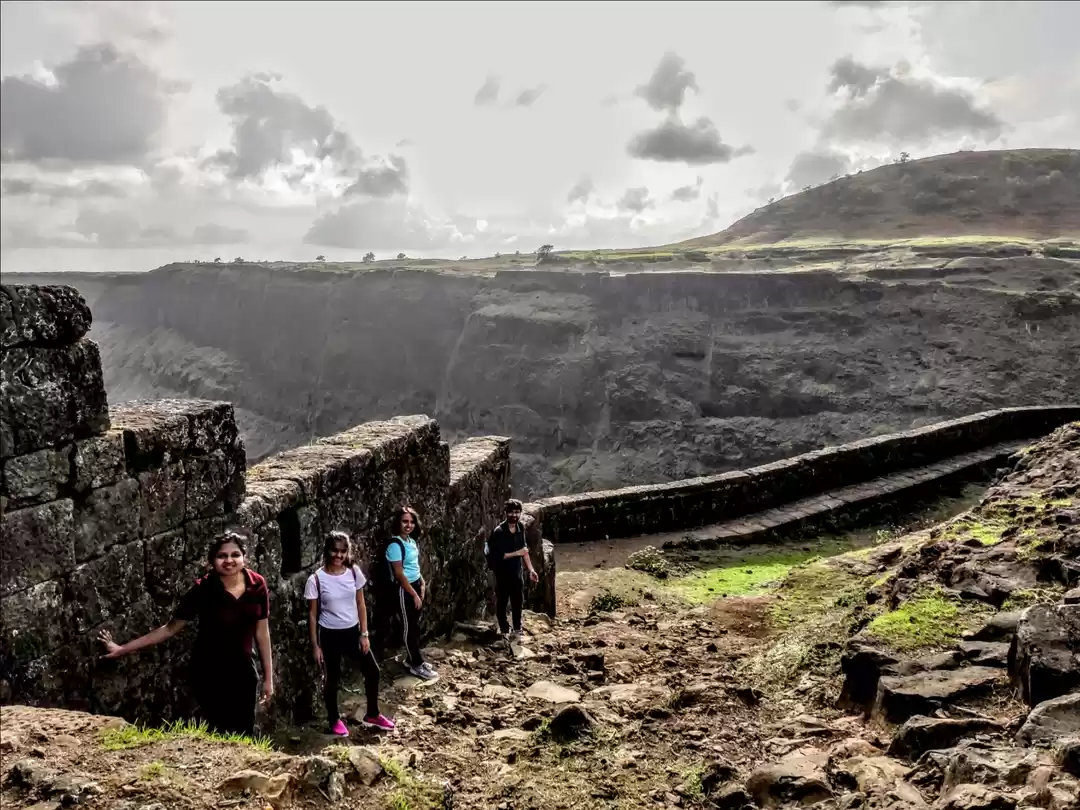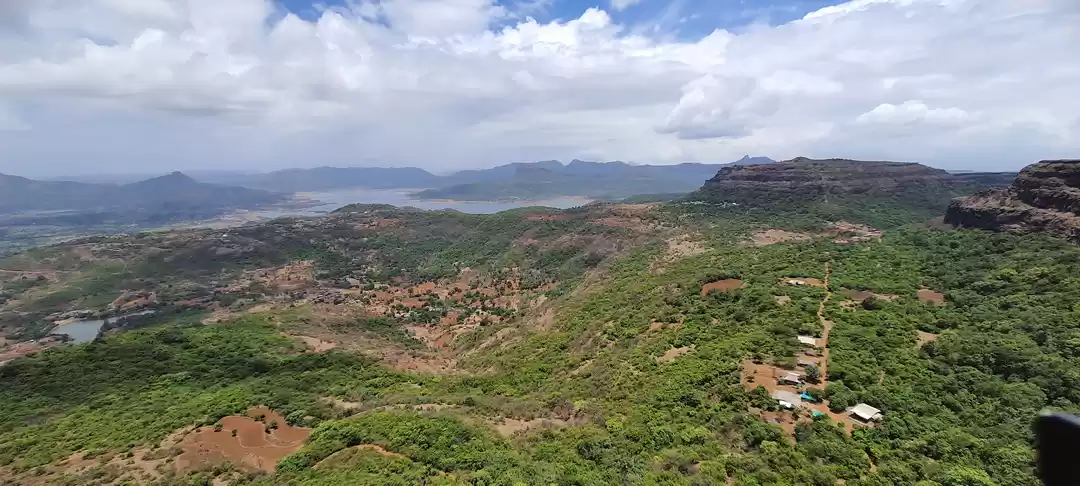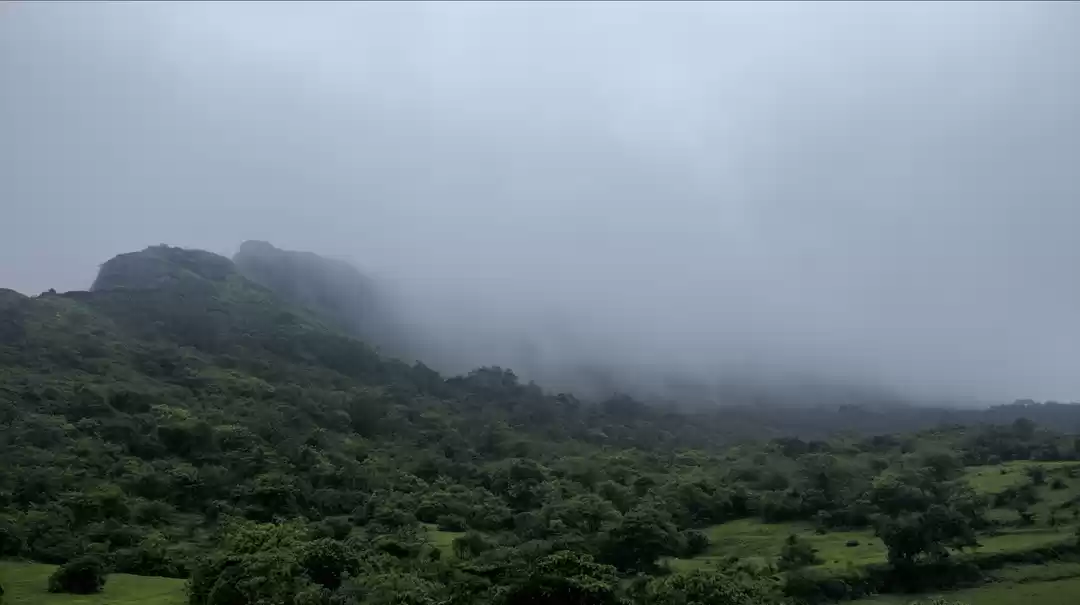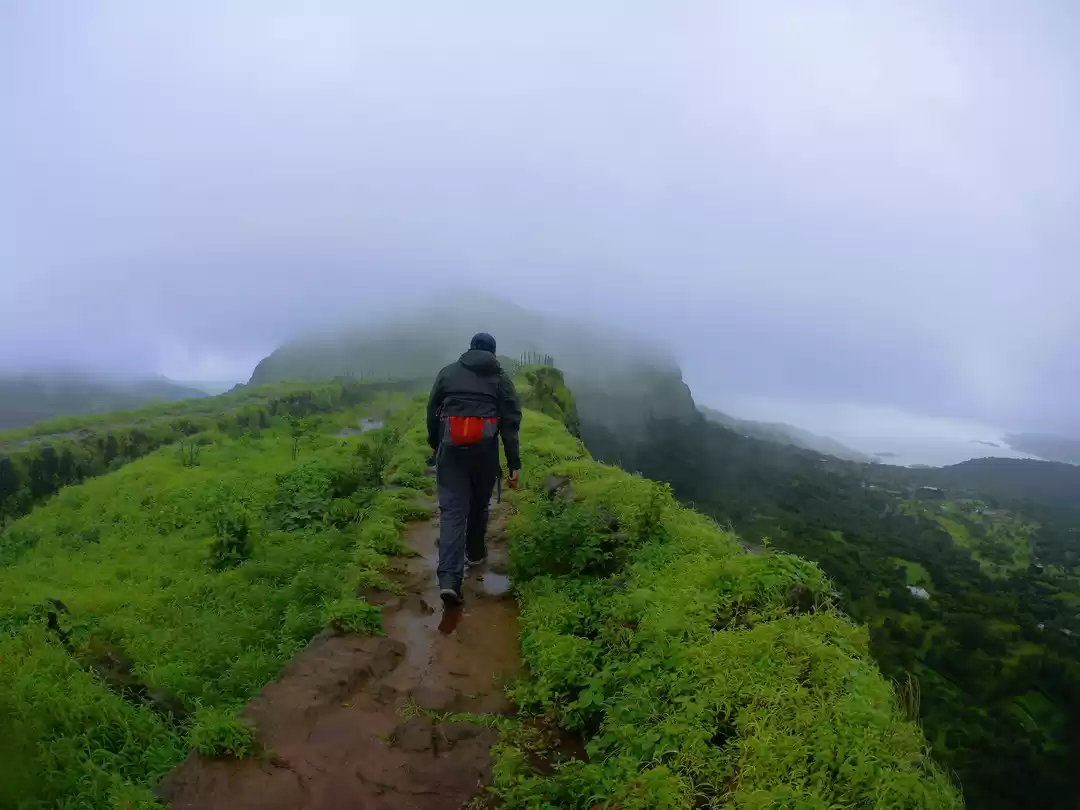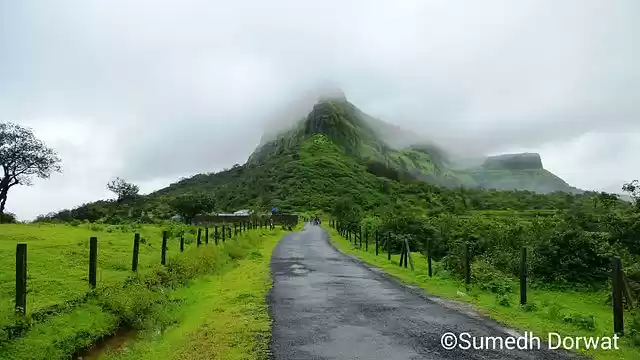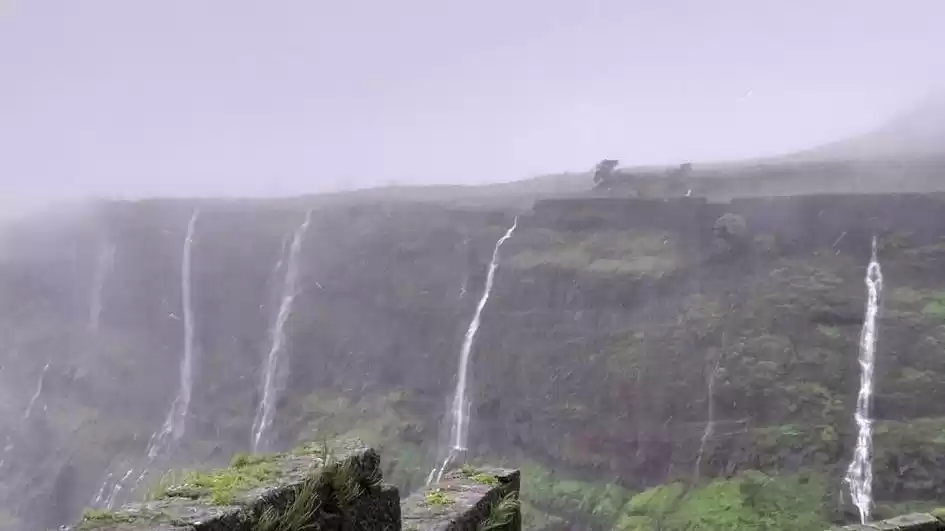Visapur Fort is a majestic fort that stands on a hilltop in Lonavala, Maharashtra. It is one of the twin forts of Lohagad, which was once a stronghold of the Maratha Empire. Visapur Fort is larger and higher than Lohagad, and has a unique architecture and design. It also has many attractions and highlights that make it a must-visit destination for history buffs, nature lovers, and adventure seekers.
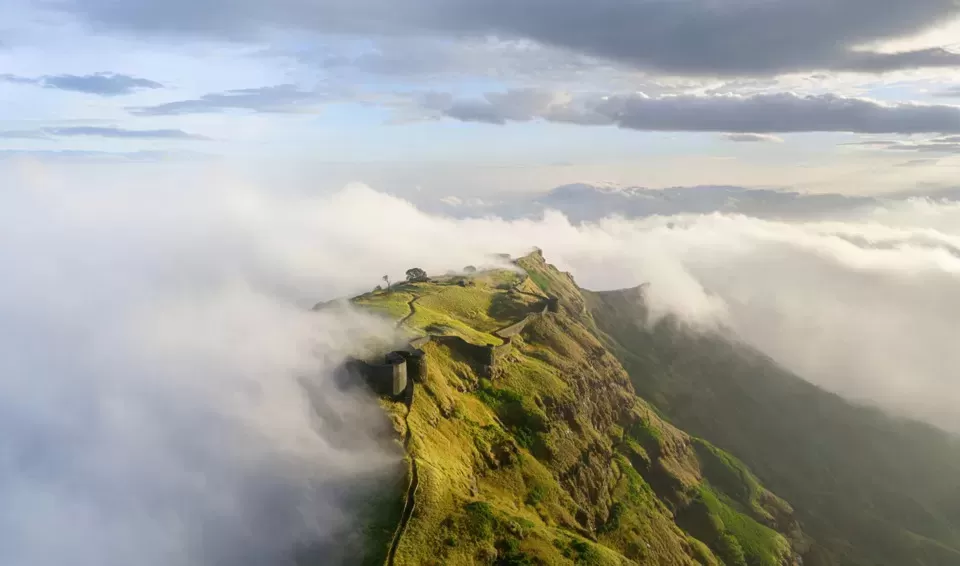
If you are looking for a thrilling and scenic trek near Mumbai or Pune, Visapur Fort Trek is the perfect choice for you. It is a moderate level trek that takes you through lush green forests, rocky terrains, and cascading waterfalls. You can also witness the panoramic views of the surrounding hills, valleys, and lakes from the top of the fort. The trek can be done in any season, but the monsoon season adds a special charm to it.
In this article, we will provide you with a complete guide to explore Visapur Fort in Lonavala. We will cover everything you need to know about Visapur Fort Trek, such as how to reach, trek details and tips, architecture and attractions, booking options and reviews. We will also share some photos and videos of the fort and the trek to give you a glimpse of its beauty and charm. So, let’s get started!
How to Reach Visapur Fort
Visapur Fort is located about 65 km from Pune and 105 km from Mumbai. You can reach the base village of Visapur Fort by road or rail from either city.
By Road: There are two routes to reach Visapur Fort by road: via Bhaje village or via Patan village. Both routes are well-connected by state highways and have signboards along the way.
Bhaje village route: This is the most popular and convenient route to reach Visapur Fort. You can take the Mumbai-Pune Expressway and exit at Malavli. From there, you can follow the road to Bhaje village, which is about 10 km away. You can park your vehicle at Bhaje village and start your trek from there. This route is about 105 km from Mumbai and 65 km from Pune. It takes about 2 hours to reach Bhaje village by car from either city.
Patan village route: This is an alternative route to reach Visapur Fort. You can take the Mumbai-Pune Expressway and exit at Lonavala. From there, you can follow the road to Patan village, which is about 15 km away. You can park your vehicle at Patan village and start your trek from there. This route is about 110 km from Mumbai and 70 km from Pune. It takes about 2.5 hours to reach Patan village by car from either city.
By Rail: You can also reach Visapur Fort by rail from Mumbai or Pune. You can take a local train or an express train to Malavli station or Lonavala station.
Malavli station: This is the nearest railway station to Visapur Fort. It is about 10 km away from Bhaje village, where you can start your trek. You can take a local train or an express train to Malavli station from Mumbai or Pune. The train journey takes about 2 hours from either city. From Malavli station, you can take an auto-rickshaw or a taxi to Bhaje village, which costs about Rs 100-150.
Lonavala station: This is another railway station near Visapur Fort. It is about 15 km away from Patan village, where you can start your trek. You can take a local train or an express train to Lonavala station from Mumbai or Pune. The train journey takes about 2.5 hours from either city. From Lonavala station, you can take an auto-rickshaw or a taxi to Patan village, which costs about Rs 200-250.
Trek Details and Tips
Visapur Fort Trek is a moderate level trek that takes about 3-4 hours to complete one way. The trek distance is about 7 km from Bhaje village and 9 km from Patan village.
Read About Tulika's day trip to the twin forts: Lohagad and Visapur.
Trek Details
Altitude: The altitude of Visapur Fort is about 1084 meters above sea level.
Time taken: The time taken to complete the trek depends on your pace and stamina. It usually takes about 3-4 hours to reach the top of the fort from either route.
Water sources: There are no water sources on the way to the fort. You have to carry enough water with you. There are some water tanks and cisterns on the fort, but they may not be potable.
Terrain type: The terrain type of the trek varies from forest trails, rocky patches, grasslands, and muddy slopes. The trek is easy in the beginning, but becomes steep and slippery as you approach the fort.
Trek gradient: The trek gradient of the trek is moderate to difficult. The trek has some flat sections, some ascents, and some descents. The trek becomes more challenging in the monsoon season due to the heavy rainfall and slippery surface.
You May Love: Exciting Treks in Maharashtra To Explore These Gorgeous Forts!
Trek Tips
Things to carry: You should carry the following things for the trek:
- A backpack with rain cover
- At least 2 liters of water
- Snacks and energy bars
- A cap or a hat
- Sunglasses and sunscreen
- A torch or a headlamp
- A first-aid kit
- A camera or a phone
Things to avoid: You should avoid the following things for the trek:
- Wearing jeans or tight clothes
- Wearing sandals or flip-flops
- Carrying heavy or unnecessary items
- Littering or damaging the environment
- Venturing alone or away from the group
Things to expect: You should expect the following things on the trek:
- A scenic and adventurous trek with stunning views of the surrounding hills, valleys, and lakes
- A rich and diverse flora and fauna, including birds, butterflies, flowers, and trees
- A historic and majestic fort with a unique architecture and design
- A refreshing and exhilarating waterfall trail in the monsoon season
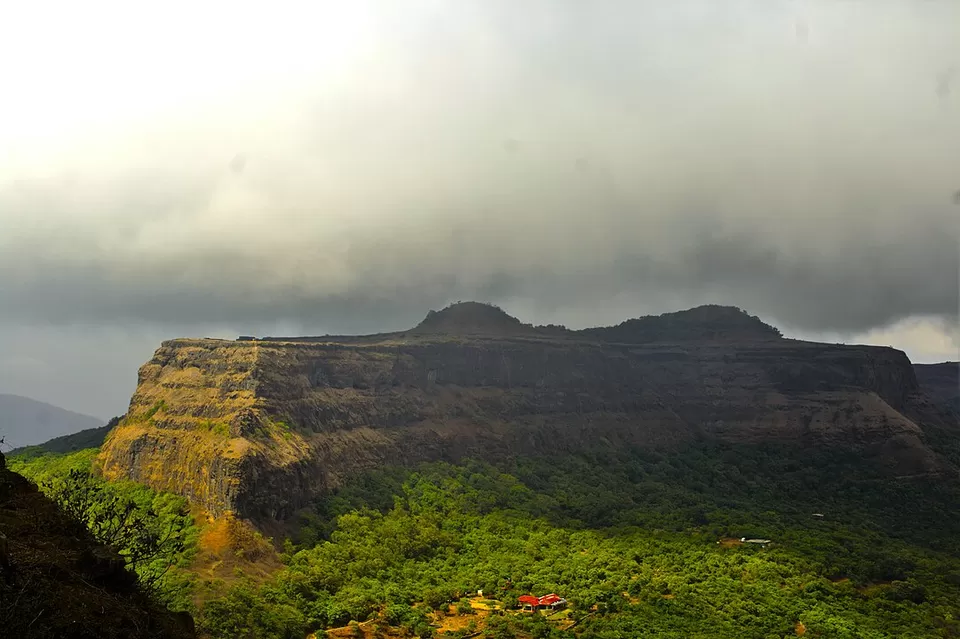
Best Time to Visit
The best time to visit Visapur Fort is from June to September, which is the monsoon season. This is when the fort and its surroundings are at their best. The fort is covered with lush greenery and mist. The waterfall trail is active and offers a thrilling experience. The views from the top of the fort are breathtaking and mesmerizing.
However, you can also visit Visapur Fort in other seasons, such as winter or summer. The winter season is from October to February, which is when the weather is pleasant and cool. The fort is less crowded and peaceful. The views from the top of the fort are clear and crisp.
The summer season is from March to May, which is when the weather is hot and dry. The fort is less green and more brown. The views from the top of the fort are hazy and dusty.
Architecture and Attractions of Visapur Fort
Visapur Fort is a marvel of architecture and engineering. It was built by the first Peshwa of the Maratha Empire, Balaji Vishwanath, in 1713-1720. It was later captured by the British in 1818 after a three-hour long battle.
Visapur Fort is larger and higher than Lohagad Fort, which is its twin fort. It has a surface area of about 7 km2, while Lohagad Fort has a surface area of about 4 km2. It also has a different design and layout than Lohagad Fort. It has a circular shape with multiple bastions and walls. It also has several entrances and exits.
Visapur Fort has many attractions and highlights that make it worth visiting. Some of them are:
The wall of the fort: The wall of the fort is one of the most impressive features of Visapur Fort. It is about 6 km long and 3 meters thick. It encircles the entire fort and has several openings for cannons and guns. It also has several carvings and sculptures of animals, humans, and gods.
The waterfall trail: The waterfall trail is one of the most exciting features of Visapur Fort Trek in the monsoon season. It is a steep and slippery trail that goes through a series of waterfalls that flow from the top of the fort. It offers a refreshing and exhilarating experience for trekkers who love water adventures.
The plateau on top: The plateau on top of Visapur Fort is a vast and flat area that has many ruins and relics of the past. It has several water tanks, cisterns, wells, granaries, temples, caves, houses, stables, and barracks. It also has a flag pole that hoists a saffron flag on special occasions.
The water tanks in caves: The water tanks in caves are one of the most intriguing features of Visapur Fort. They are large tanks that are carved inside natural caves on the fort. They were used to store water for drinking and other purposes. They have a capacity of about 22 lakh liters of water.
The flag, canon, and bastion: The flag, canon, and bastion are some of the most prominent features of Visapur Fort. They are located on the highest point of the fort and offer a spectacular view of the surroundings. The flag is a saffron flag that symbolizes the Maratha pride and glory. The canon is a huge metal canon that was used to defend the fort from enemies. The bastion is a circular structure that has several openings for firing guns and cannons.
The Hanuman temple: The Hanuman temple is one of the most sacred and revered places on Visapur Fort. It is a small temple that has an idol of Lord Hanuman, the monkey god and the devotee of Lord Rama. The temple is believed to be very old and powerful. It is also said that the idol of Hanuman grows in size every year.
Conclusion
Visapur Fort Trek is a wonderful experience that you should not miss if you are in Lonavala or nearby. It offers a thrilling and scenic trek, stunning views, and a rich history. It is also a great way to escape from the hustle and bustle of the city and reconnect with nature and yourself.
Thank you for reading this article. We hope to see you soon on Tripoto!


